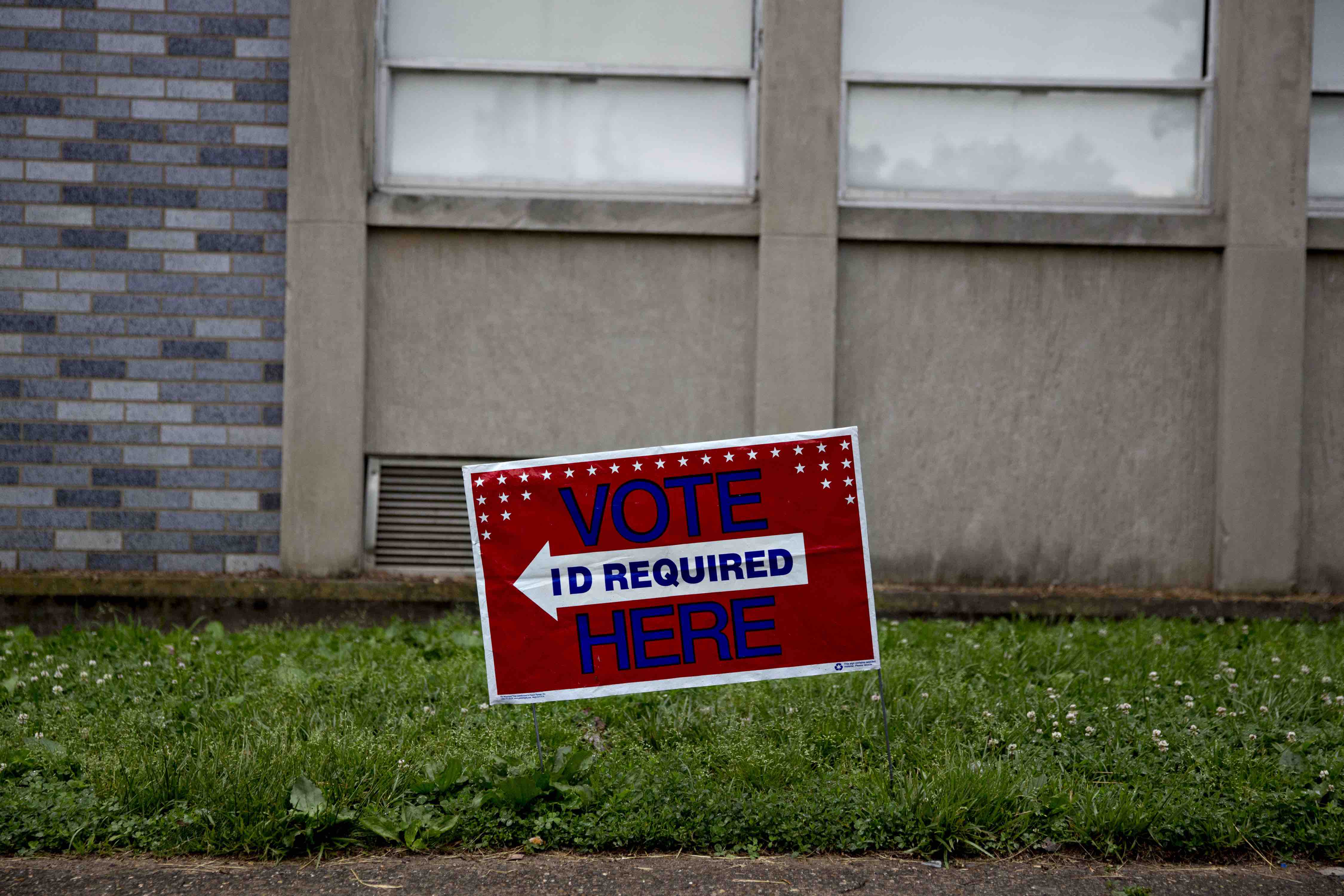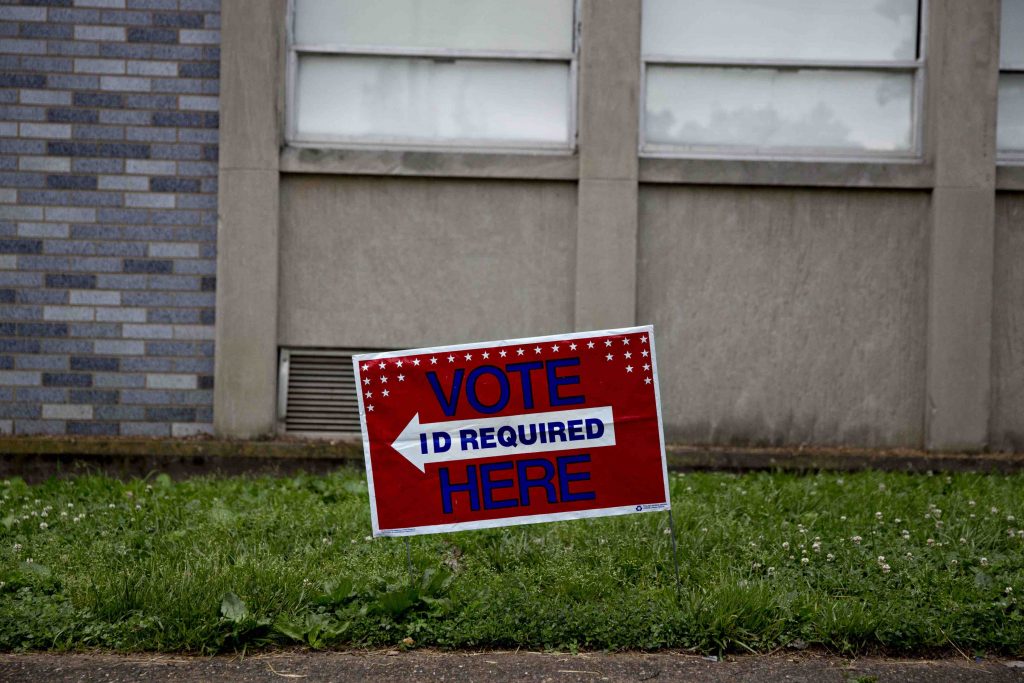Although (white) women were afforded the right to vote in 1920, the truth is that many women of color across the country, especially Spanish-speaking voters, remain disenfranchised. Voter suppression – the practice that serves to discourage people from and limit access to the voting process – is one of the biggest issues the country faces, and it’s believed to be one of the main factors that impacted the results of the 2016 election.
Cases of voter suppression have popped up across the country recently. This week, a Georgia county fired a white consultant when he suggested closing nine of the 11 polling sites in a majority Black district because the sites didn’t comply with the standards required by the Americans with Disabilities Act. The consultant argued that it was cheaper to close the sites than to rehabilitate them to meet the requirements. The county voted to null the proposal.
For Spanish-speaking people in Florida, these challenges come in the form of lack of bilingual ballots in majority Latino districts, and it promises to be one of the contentious issues in this year’s midterm elections.
On August 26, the United States will commemorate the implementation of the 19th Amendment, which prohibits the state from denying the right to vote on the basis of sex. Yet, even as the country passed the Civil Rights Act in 1964 and added the language minority provisions to the Voting Rights Act, not all women have equal access to the election process today. For Spanish-speaking Latinas, voting is harder, even compared to others in the Latino community.
A lawsuit filed earlier this month by various advocacy groups in Florida and a sole voter named Marta Rivera, who registered to vote earlier this year, is seeking to change that, according to the advocacy group Demos. But while Rivera has registered to vote – something she could only do with the help of her English-speaking daughter – she now has to participate in an electoral process that’s not in her native language. More than 135,000 Puerto Ricans have moved to Florida since Hurricane Maria ravaged the island in September 2017 and many have already raised concerns that they won’t be able to vote because of their native language.
The lawsuit argues that under the language-minority provisions of the Voting Rights Act, majority Latino districts need to provide alternate ballots for Spanish-speaking citizens. This is why they’re asking 32 Florida counties to provide bilingual ballots.
Meanwhile, Latinas can also be discouraged from voting through voter ID laws. A 2014 report by the National Organization for Women found that an estimated 34 percent of women could be turned away from the polls because of voter ID laws. Today, eight states still hold strict voter ID laws. This number increases when majority Latino women don’t have access to DMV sites. In Texas, where Latinos make up 38 percent of the population, fifteen percent of Hispanic voters live in a county that does not have a DMV, according to NOW.
Though we may celebrate the advancement of women’s rights today, we still need to remain conscious of the laws and policies created to discourage women from voting. We didn’t reach true parity in 2016, and for many this right remains elusive now.




